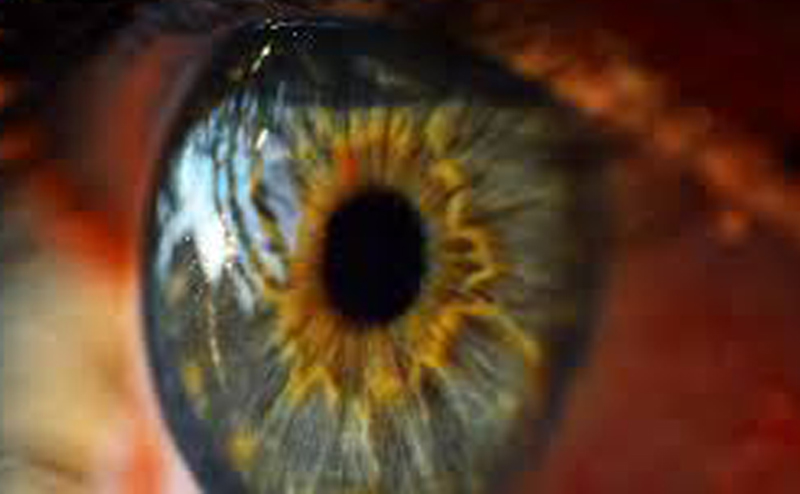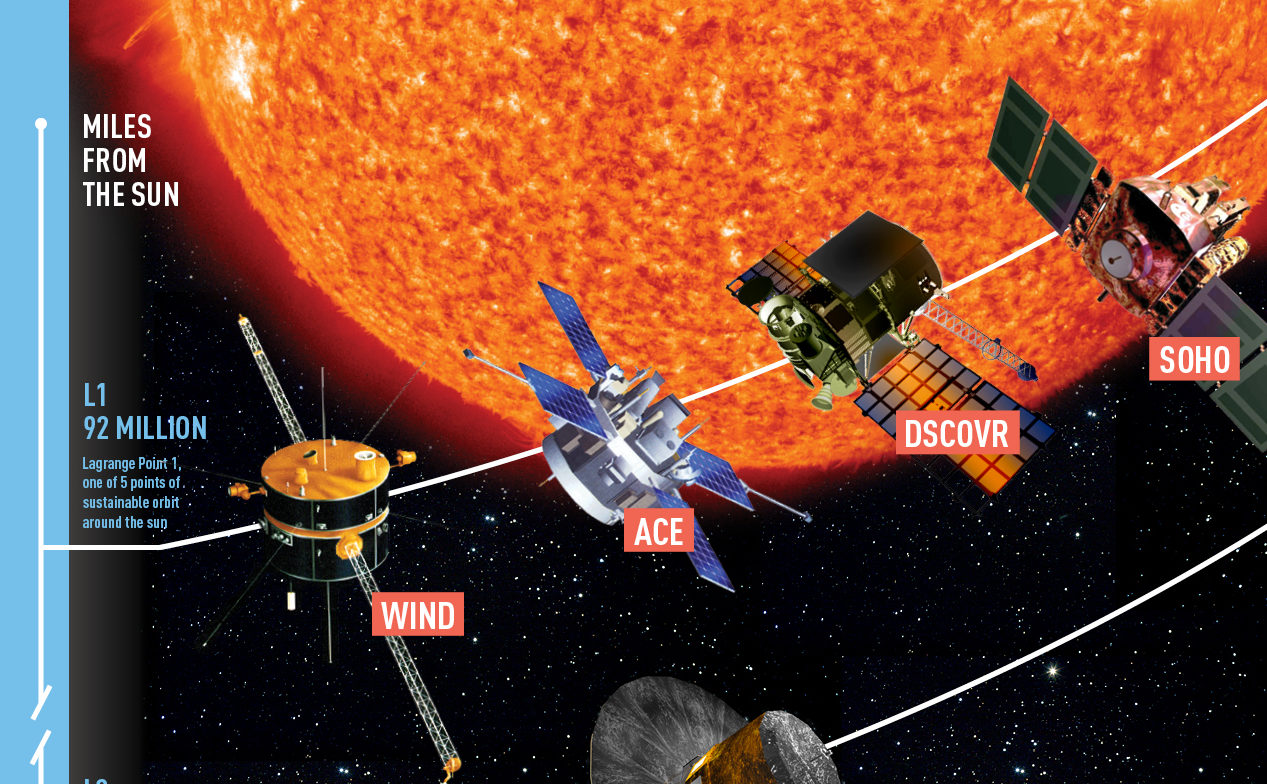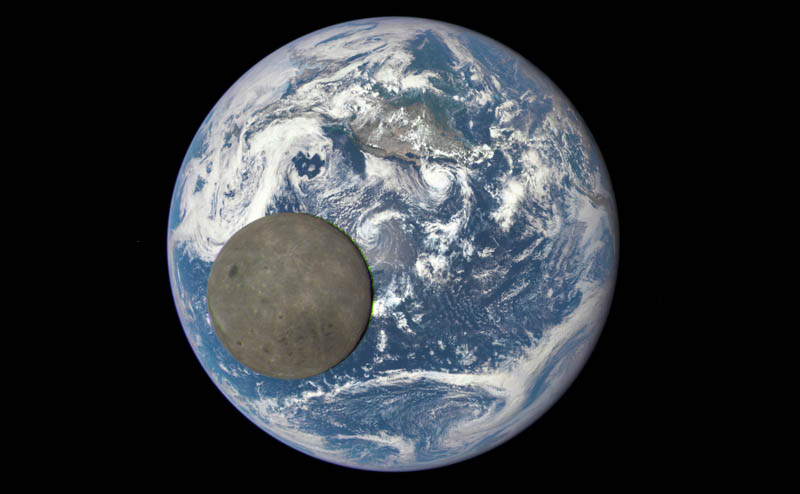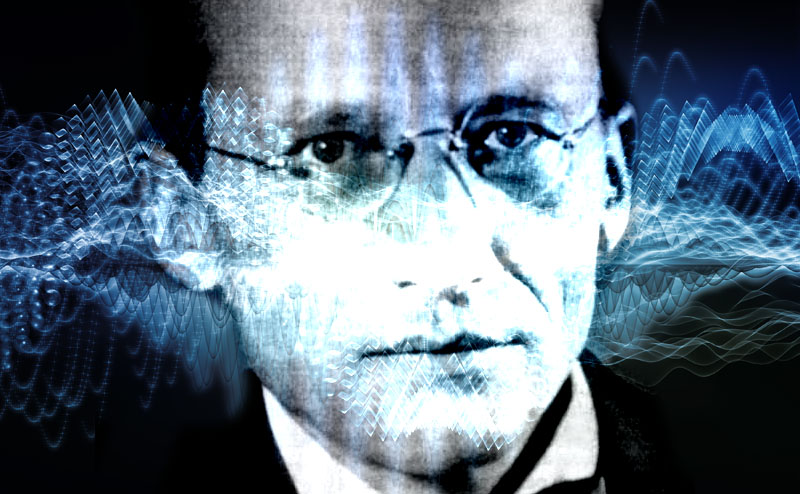Articles
How we humans developed the unique traits that separate us from our ancient ancestors is a scientific puzzle whose solution is ongoing. From fossils to food cultivation to social structure, the story of human evolution is written from many angles. This timeline shows some of the primary distinguishing characteristics of humans and when scientists believe they appeared on the scene.
Read MoreThis week, the European Space Agency’s Rosetta spacecraft, currently circling the comet 67P/Churyumov–Gerasimenko, celebrated a special celestial milestone: perihelion, the closest point to the sun in the comet’s orbit. It’s been just a little more than a year since Rosetta rendezvoused with the comet, and that craft is just one of more than two dozen currently active space missions that are up and running from space agencies around the globe. Humanity is probing Mars for signs of ancient life, sniffing out water on distant moons, and even venturing beyond the reaches of our solar system. The fruits of this scientific inquiry have already started to ripen. We’ve discovered traces of organic molecules on Mars thanks to the Curiosity rover, tasted plumes of ice erupting from Saturn’s moon Enceladus through the instruments of Cassini, and started to map the frozen mountain ranges of Pluto with the help of New Horizons. We have space probes circling planets, moons, and parked at the Lagrange points where an object can stably orbit the sun in concert with the Earth.
Read MoreSeven days, lots of science in the news. Here’s our roundup of some of the week’s most notable and quotable items. International Space Station astronauts chowed down on salads made with lettuce that had been grown in space (accented with a simple balsamic dressing). A galactic survey confirms that our universe is “becoming a couch potato” on the way to its slow, inescapable death. MIT scientists have programmed two robots to deliver beers to bar patrons. Researchers sequenced the octopus genome. The smallest supermassive black hole ever discovered is only as massive as a mere 50,000 suns. Melting ice in Antarctica is mostly bad news, but there’s one small silver lining: It’s releasing lots of iron into the ocean that will benefit the phytoplankton occupying the bottom of the marine food chain.
Read MoreChances are, you remember Erwin Schrödinger for his famous cat, but the high point of the celebrated physicist’s career was actually unrelated to feline thought experiments. Among scientists, he’s more renowned for giving us the fundamental tools to describe quantum behavior.
Read MoreAuthor Carl Safina’s new book Beyond Words: What Animals Think and Feel explores what animals are thinking and feeling as they go about their lives. Advances in neuroscience and extensive field observations have helped Safina to engage with questions of consciousness, anthropomorphism, and whether emotions are the unique domain of humans. We spoke with Safina about the rich inner lives of nonhuman animals he describes in the book.
Read More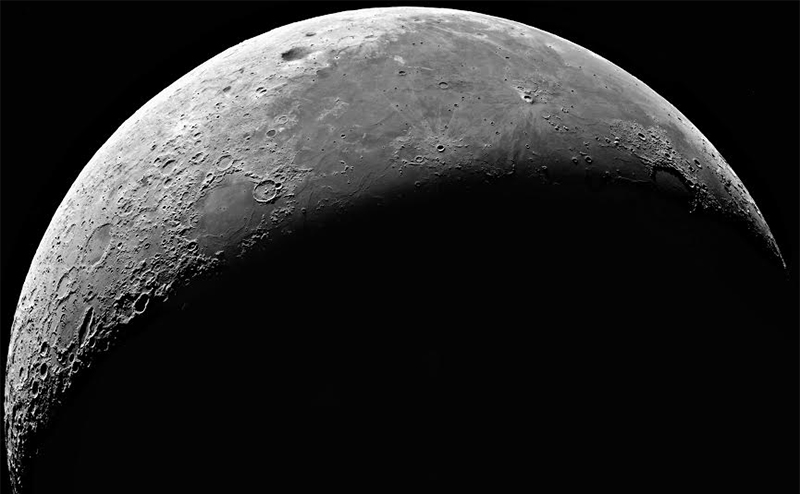
Seven days, lots of science in the news. Here’s our roundup of some of the week’s most notable and quotable items. NASA’s DSCOVR satellite got a shot of the dark side of the moon crossing the face of the Earth. Manipulating the results of online search engines can shift the voting preferences of undecided voters by a significant amount. Baby bonobos seem to employ a similar kind of “babytalk” comparable to that which human infants use. Good news in the search for an Ebola vaccine: A single dose of one experimental formulation protected monkeys within three to seven days. How you perceive the color yellow can change with the seasons.
Read More






